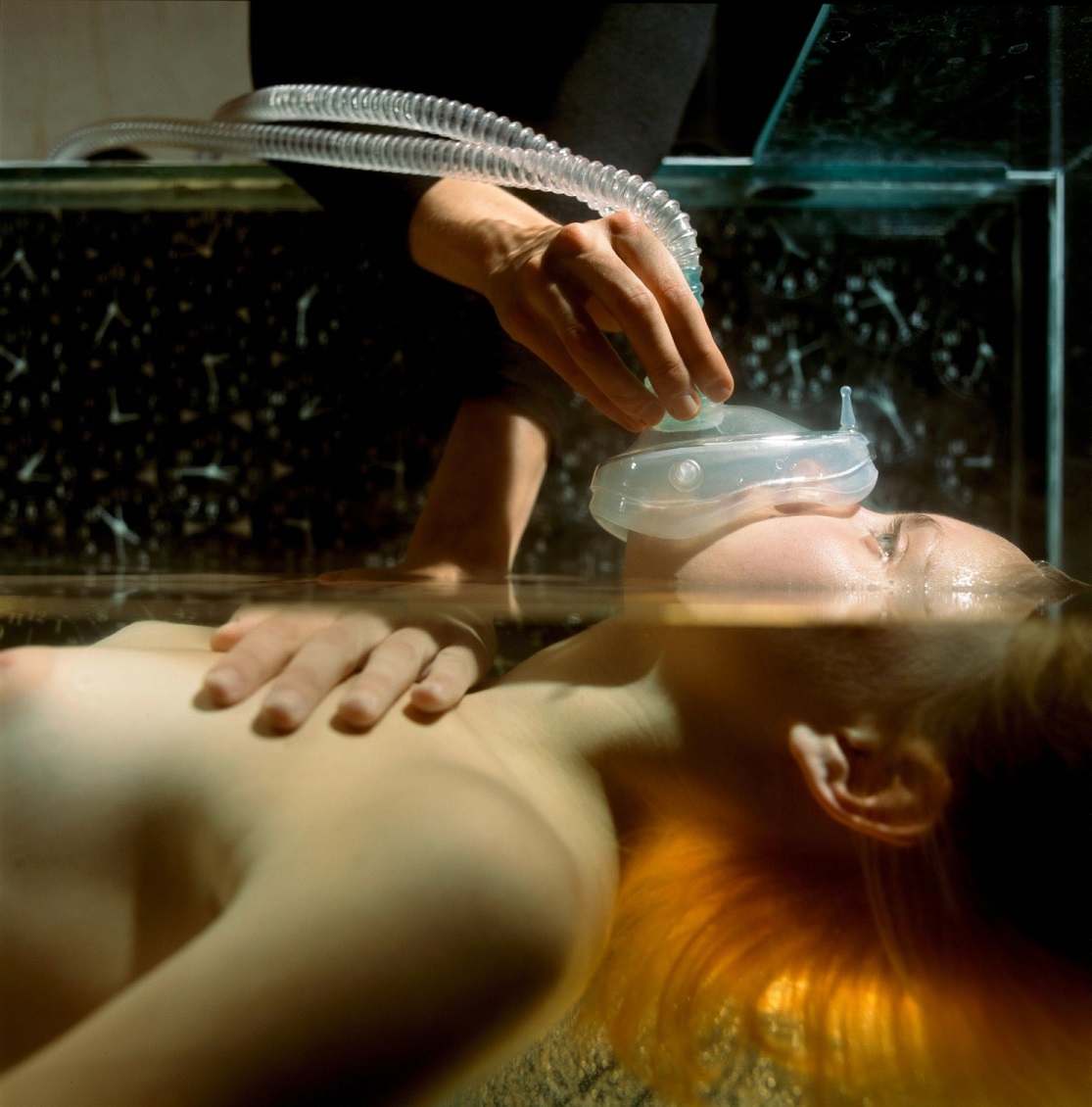
REYNOLD REYNOLDS
레이 놀드 레이놀즈
РЕЙНОЛЬД РЕЙНОЛЬДС
Secrets Trilogy
Secret Machine
Secret Machine is the second of the Secrets Trilogy; a cycle exploring the imperceptible conditions that frame life and is preceded by Secret Life (2008) and followed by Six Easy Pieces (2010)
In Secret Machine a woman is subjected to Muybridge’s motion studies. She is treated in the same fashion as in the original Muybridge photography: with Greek aesthetic in a Cartesian grid. A short time after Mybridge’s studies, Duchamp painted Nude Descending a Staircase, No. 2 (1912) attempting to show time on a flat surface. He is expanding cubism and painting into another dimension: time. Time is about movement and change, like our experience of reality. Without change life does not exist. Photography does not capture this experience. In Secret Machine different filming techniques are compared to the motion of the body. The film camera becomes another measurement tool in a way a video camera cannot. The intention was to make an art piece from the point of view of a machine, specifically a camera.
.
.
